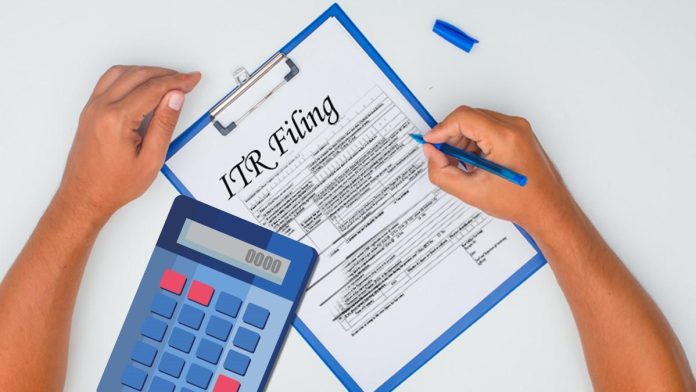Filing Income Tax Return (ITR) is mandatory for every taxpayer. This year, the return has to be filed by 31 July 2024. If you file the return after this date, then you will have to pay a penalty. While filing ITR, the taxpayer has two options. In such a situation, he gets confused as to which option he can select to save more tax.
The last date for filing Income Tax Return for the financial year 2023-24 is approaching. Taxpayers have to file ITR by 30 July 2024.
Taxpayers have two options while filing Income Tax Return (ITR). Many taxpayers are quite confused about these two options as to which option can help them save more tax.
Yes, we are talking about the Tax Regime. Currently, the taxpayer has the option of the old tax regime and the new tax regime. There is also a lot of difference in the tax slabs of these two options.
In the old tax regime, income up to Rs 2.5 lakh is tax free. At the same time, there is no tax on income up to Rs 3 lakh in the new tax regime. In both these regimes, taxpayers can save tax under Income Tax Act 87A. Let us know which of these two options will be best for you.
When to pay tax in the old tax regime
If a taxpayer’s annual income is Rs 5 lakh, then he will have to pay tax at the rate of 5 percent on Rs 2.5 lakh. Actually, in the old tax system, there is no tax on income up to Rs 2.5 lakh. 5 percent of Rs 2.5 lakh is Rs 12,500.
This means that a tax of Rs 12,500 will have to be paid. However, the government waives it under section 87A of the Income Tax Act.
Under 87A of the Income Tax Act, taxpayers can save tax on income up to Rs 5 lakh. Now there is a twist in this too. If the annual income is even Rs 1 lakh more than the tax, then the taxpayer will have to pay tax on the entire Rs 2.5 lakh and 20 percent tax on Rs 1. This means that a total tax of Rs 12,501 will have to be paid.
When to pay tax in the new tax regime
Now talking about the new tax regime, there is no tax on income up to Rs 3 lakh. In such a situation, if the annual income of the taxpayer is Rs 5 lakh, then there is no tax on Rs 3 lakh and tax will have to be paid at the rate of 5 percent on the remaining 2 lakh rupees.
In this regime also, under section 87A of the Income Tax Act, there is no tax on income up to Rs 7.5 lakh.
Now if the taxpayer’s salary is more than Rs 7.5 lakh, then he will have to pay tax on the income after Rs 3 lakh. Understand it like this that if the annual income is Rs 4,50,001, then tax will have to be paid at the rate of 5 percent on Rs 3 lakh. Tax will have to be paid at the rate of 10 percent on the remaining Rs 1,50,001, that is, tax of Rs 15,000 will have to be paid.
Salaried taxpayers also get the benefit of standard deduction of Rs 50,000 in the new tax regime.
How different are the two tax regimes?
Income Scope: The option of the new tax regime came out on 1 April 2020. Although the scope of tax free income was increased in the new tax regime, tax deduction was not given in it. Whereas in the old tax system, the scope of tax free income is less, but tax benefits are also available.
Tax Deduction: In the old tax regime, deduction of up to Rs 1.5 lakh is available under section 80C of the Income Tax Act. Apart from this, many types of tax benefits are also available. This tax benefit is not available in the new tax regime.
Tax Rebate Limit: The biggest difference between the two tax regimes is the tax rebate. In the old tax system, up to Rs 5 lakh is tax free, while in the new tax system its limit is Rs 7.5 lakh.






